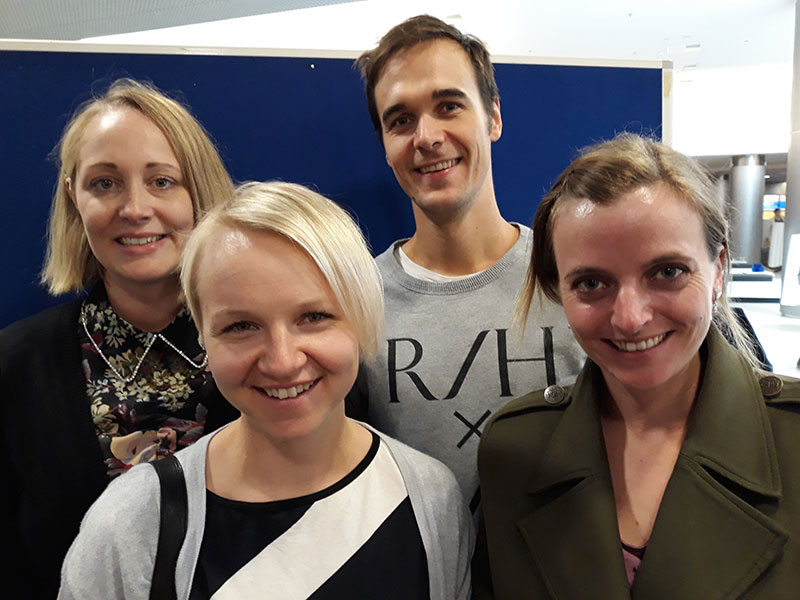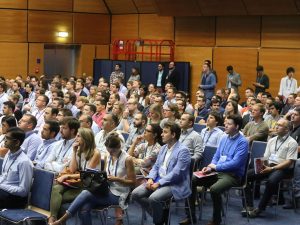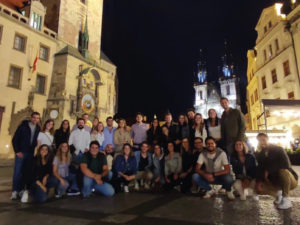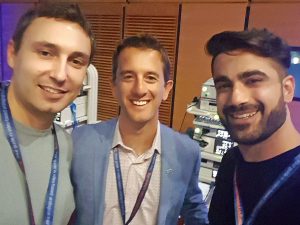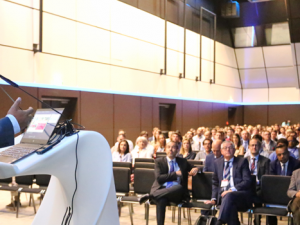A small country with only 5.5 million inhabitants and some 200 urologists, Finland had a quite large representation at EUREP this year: three residents from Helsinki and one from Oulu. Two more residents have applied albeit not selected, reflects high interest in the programme. So what makes EUREP attractive?
EUREP is one of the most intensive programmes for residents covering numerous urological topics in just six days. It is based on the EAU Guidelines and prepares residents for examinations by the European Board of Urology, as well as, national examinations. A total of 360 residents from and beyond Europe met up for jam-packed programme, a special feature that makes EUREP unique.
Being in the last year of our residency, all of us have attended EAU meetings and are familiar with the EAU Guidelines and the European Urology journal as many of us are active researchers. It was an honour to meet our heroes who talked us through the Guidelines and offered us insights acquired from professional experience. Prof. Morgan Rouprêt once said, “Not knowing the Guidelines will make a bad urologist, but relying on the Guidelines alone will also make a bad urologist.”
The Finnish team arrived in Prague on Wednesday, 31 of August. Even though we did not all know each other and work in different parts of the country, we “met” each other via social media before EUREP17. We created the WhatsApp group EUREPFinns to stay in touch during the programme.
EUREP made it easy for us to meet residents from other countries. We soon discovered that the average Finnish resident is a little different from many other residents; three of us are female with a mean age of 34.7 years, 1.75 children and 0.5 horses.
We also discovered differences in the structures of the various residency programmes. In Finland, urologists are, first and foremost, surgeons who undergo the same common trunk training as every other surgical specialty for a minimum of 18 months. Only after completion of the common trunk in a peripheral hospital will the resident complete their residency in a university hospital learning the ins and outs of urology.
But we also discovered our similarities with the rest of the residents. We all struggle with the same worries about our careers and our futures, how to become better surgeons and which subspecialty to choose as there are plenty of great options in urology. All of us are enthusiastic about urology and dedicated to better patient care. These are what connect us. And as it was said in the closing words of the programme, we are now all part of the EUREP family.
By Dr. Nikola Fösel, Dr. Lauri Lalu, Dr. Inari Kalalahti, and Dr. Heli Sammaltupa (FI)

